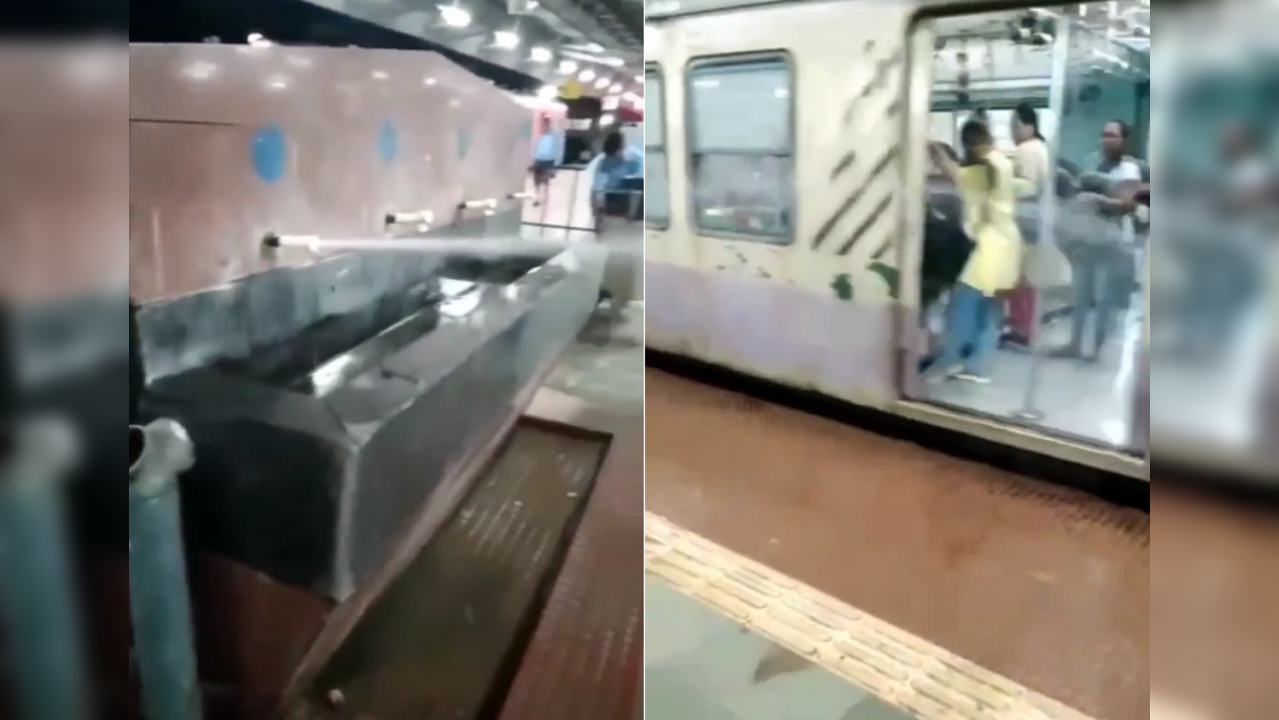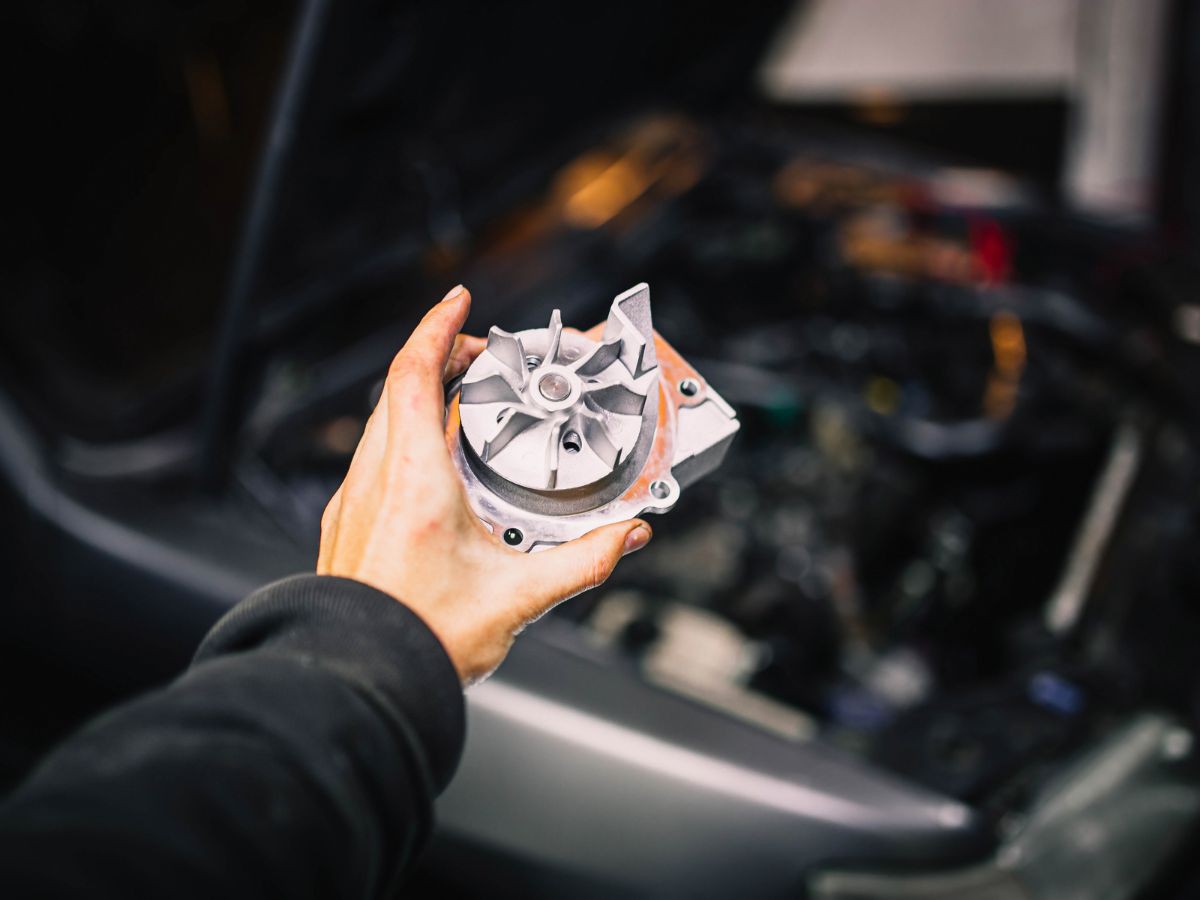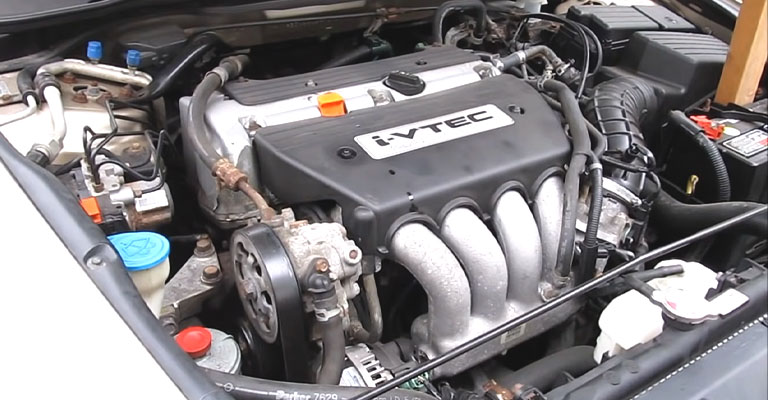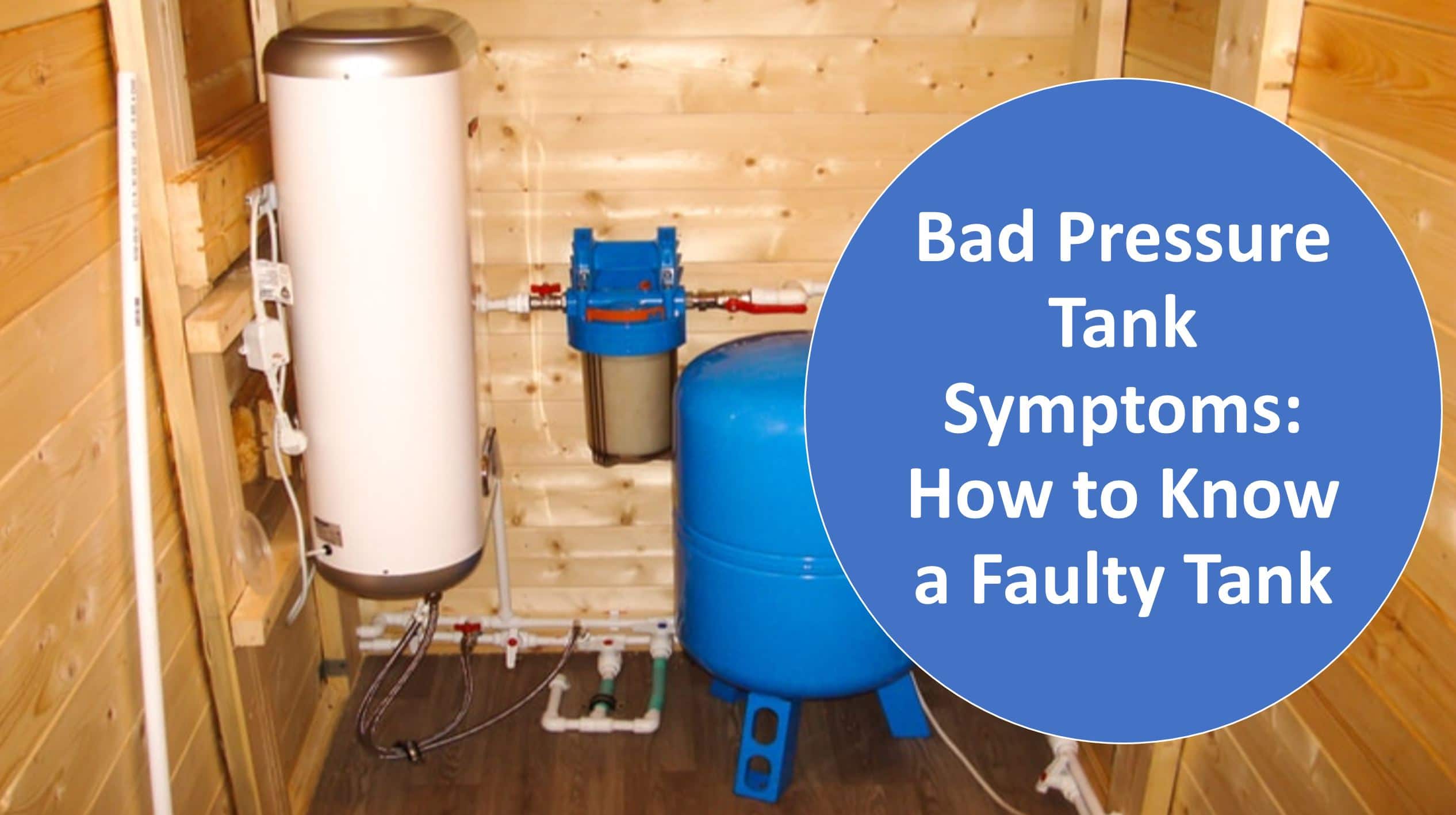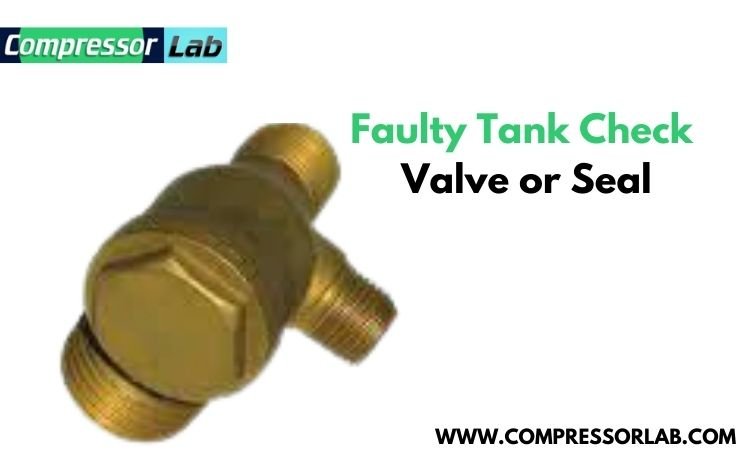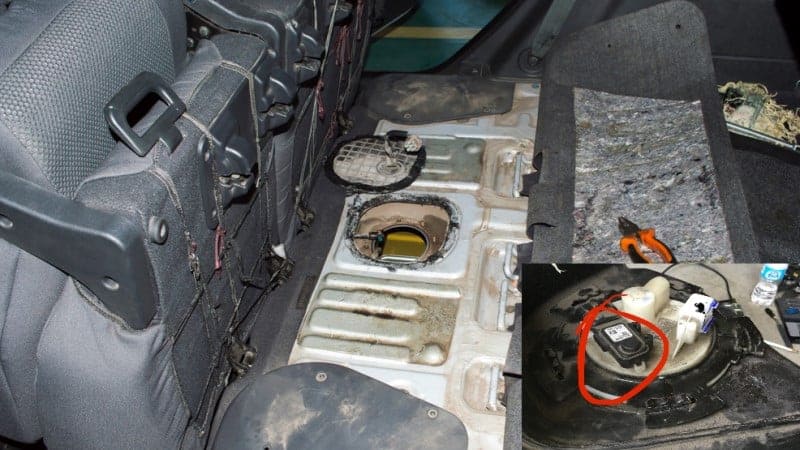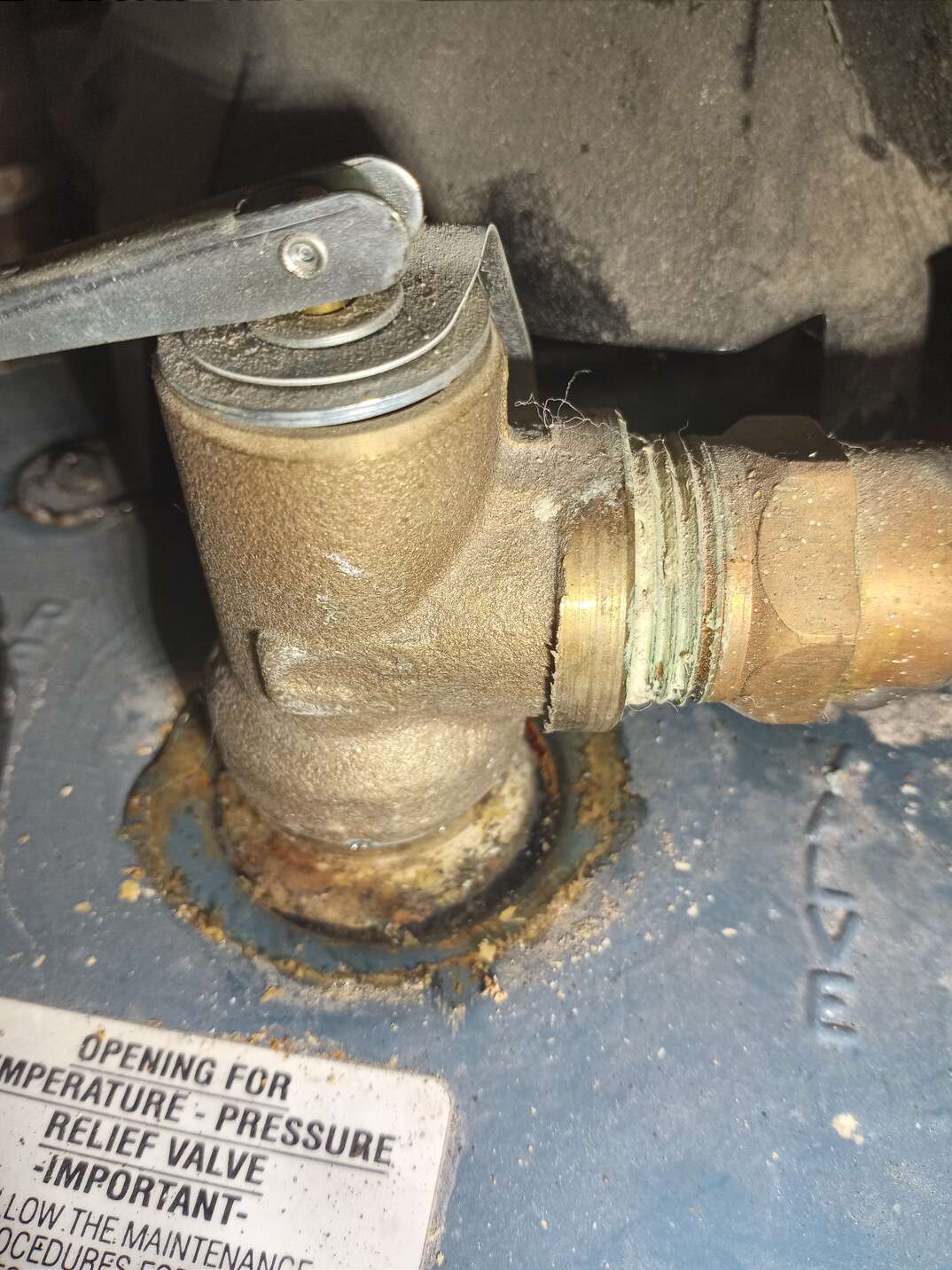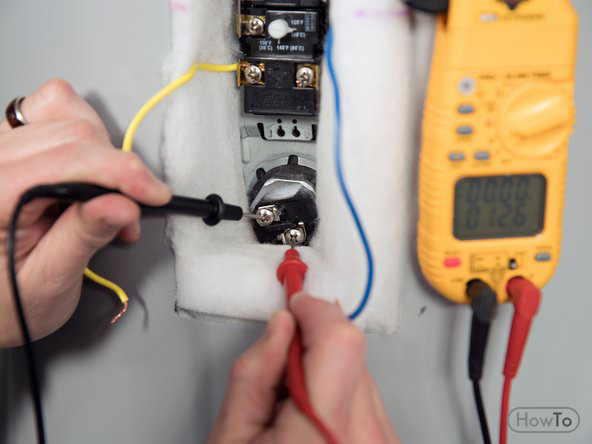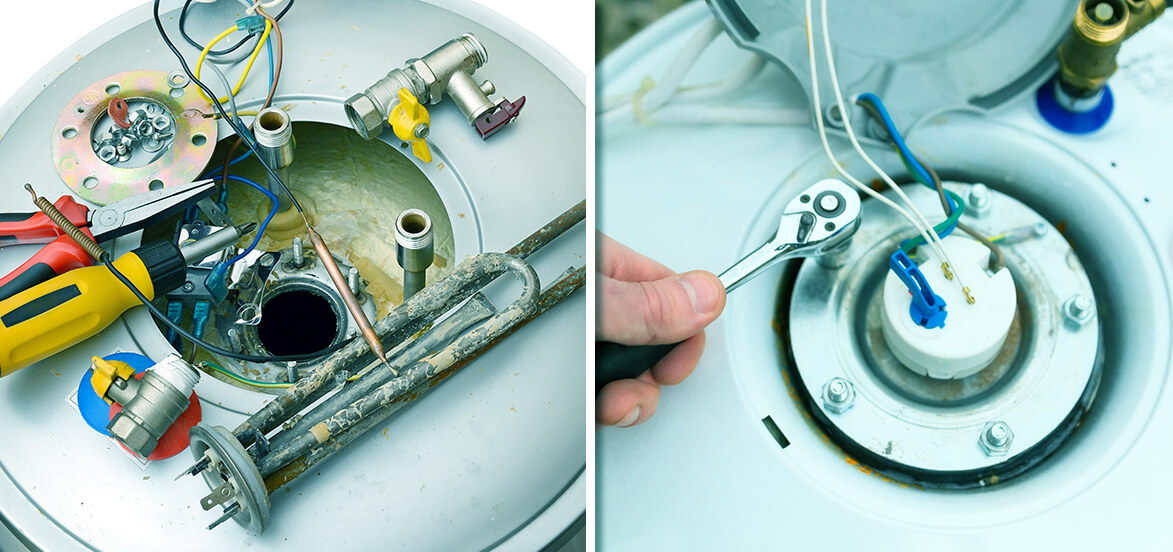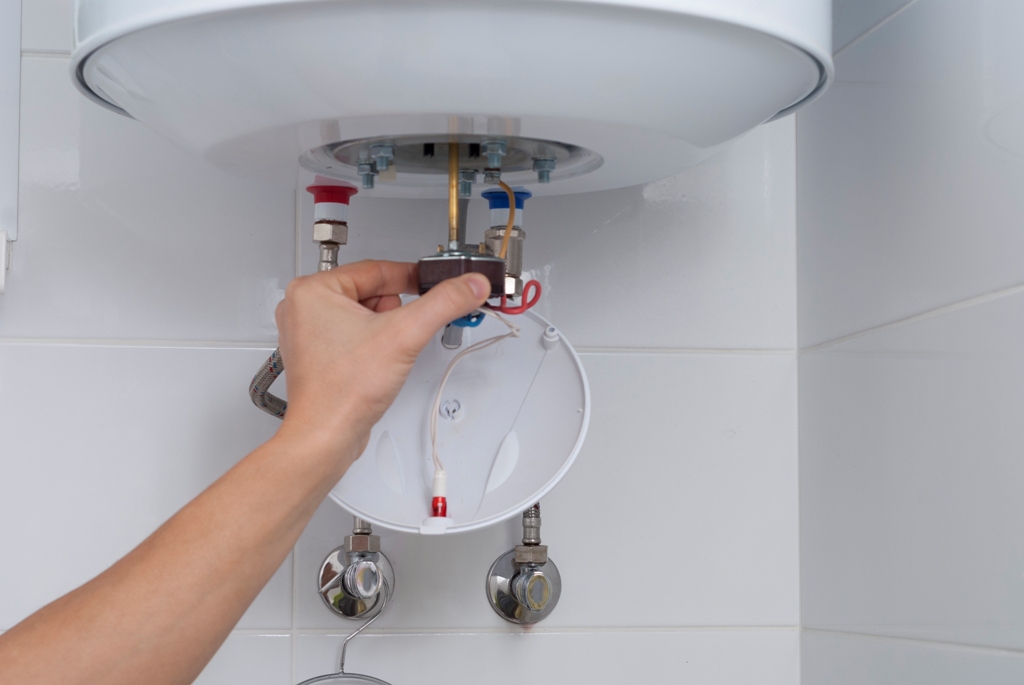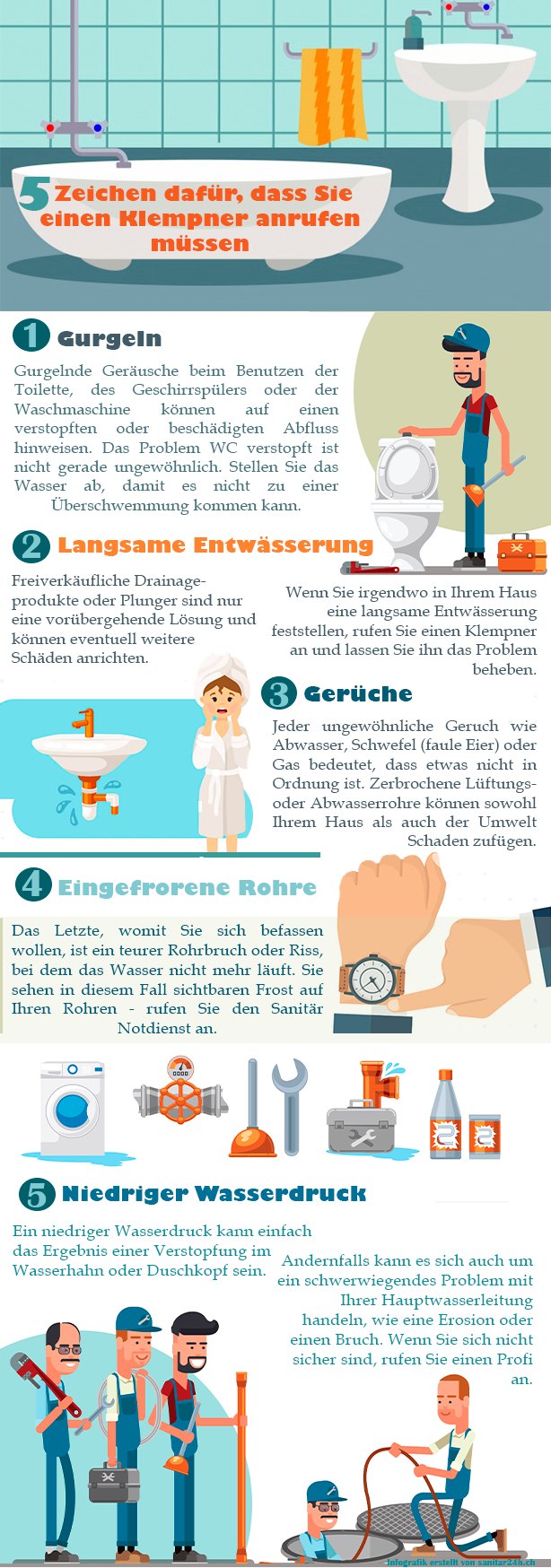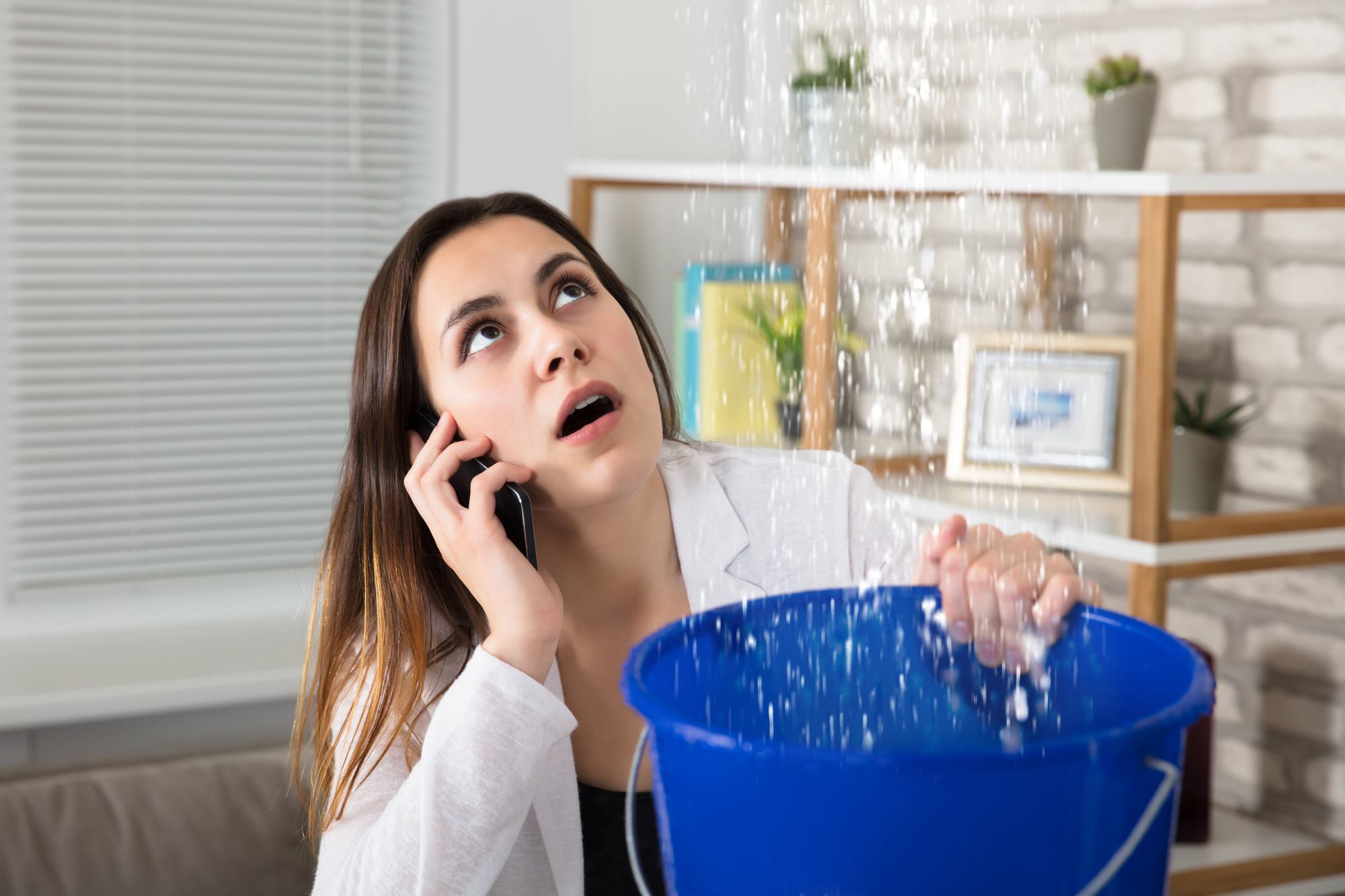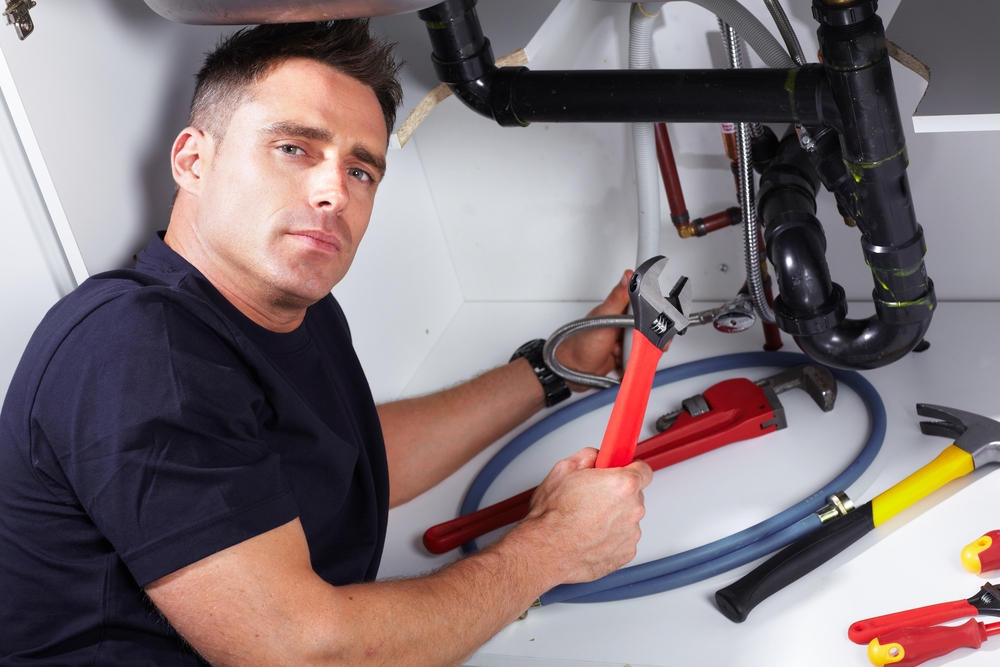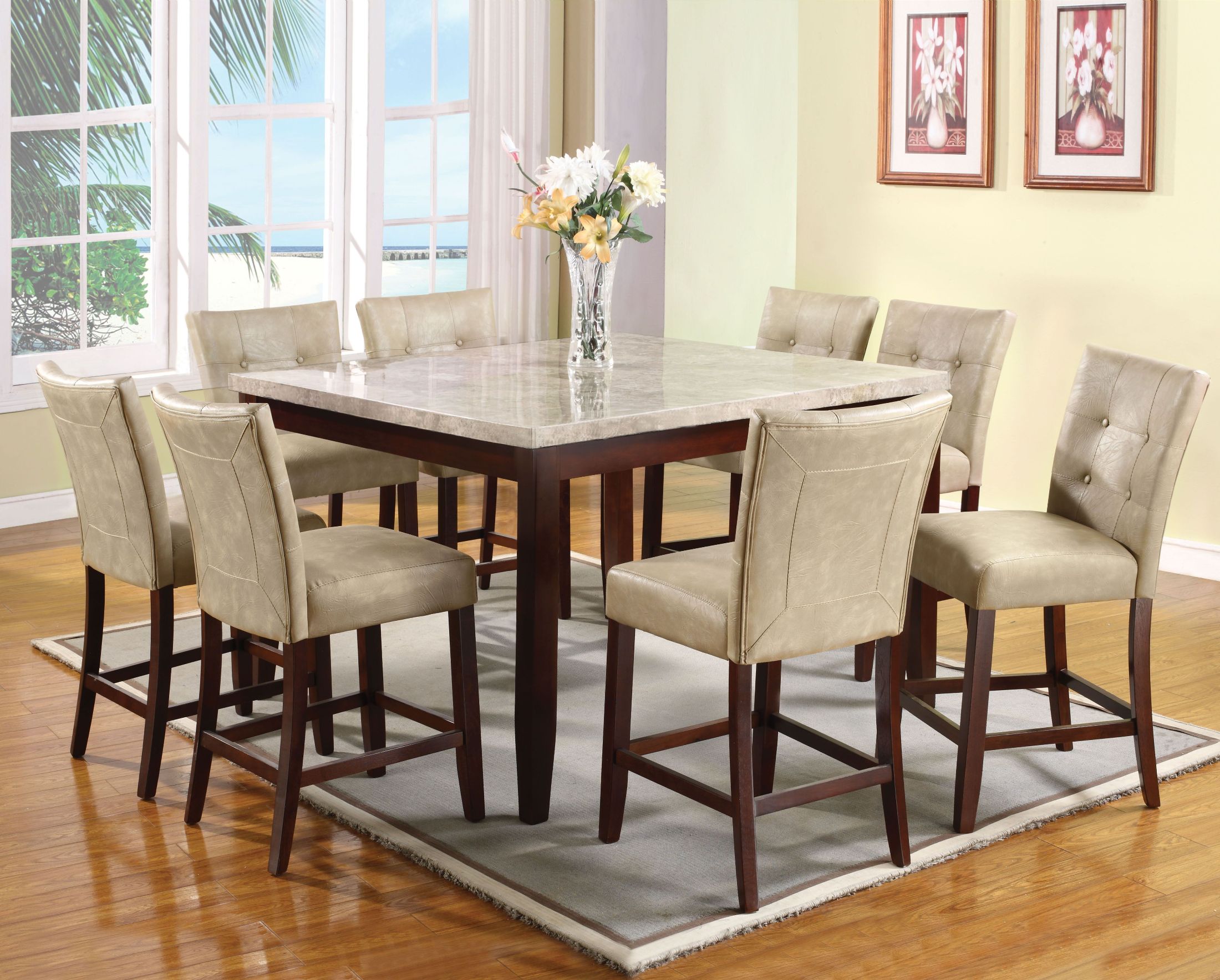One of the first things to check when experiencing sudden low water pressure in your kitchen sink is the water supply valve. This valve controls the flow of water into your home and can become partially closed over time, leading to reduced water pressure. Make sure the valve is fully open and not obstructed. If it appears to be damaged or faulty, it may need to be replaced.Check the water supply valve
The aerator is a small mesh screen located at the end of your faucet. Over time, it can become clogged with mineral deposits and debris, restricting the flow of water and causing low water pressure. Remove the aerator and clean it thoroughly with vinegar or a descaling solution. If it is damaged, consider replacing it with a new one.Inspect the aerator
Clogged pipes are another common cause of low water pressure in kitchen sinks. Over time, debris, grease, and other materials can build up in the pipes, obstructing the flow of water. You can try using a plunger or a drain snake to clear the clog, or call a professional plumber for assistance.Check for clogged pipes
A leak in your plumbing system can also lead to low water pressure. Check for any visible leaks under your sink or in the pipes leading to your kitchen sink. If you notice any, it is important to address them as soon as possible to prevent further damage and restore proper water pressure.Check for leaks
The water pressure regulator is a valve that controls the pressure of water entering your home. If it is not functioning properly, it can lead to low water pressure in your kitchen sink. You may need to adjust or replace the regulator to restore proper water pressure.Check the water pressure regulator
If the low water pressure is only present in your kitchen sink and not in other areas of your home, the issue may be with your faucet itself. Over time, the internal components of the faucet can wear out, causing reduced water flow. Consider replacing the faucet if it appears to be faulty.Check for a faulty faucet
If your home has a well and a water pump, a faulty pump can lead to low water pressure. Check the pump to ensure it is functioning properly and consider calling a professional to repair or replace it if necessary.Check for a faulty water pump
The pressure tank in your plumbing system helps maintain consistent water pressure. If it is not functioning properly, it can lead to low water pressure in your kitchen sink. Check the tank for any damage or leaks and consider having it repaired or replaced if needed.Check for a faulty pressure tank
If your kitchen sink is supplied with hot water from a water heater, a faulty heater can cause low water pressure. Check the heater to ensure it is functioning properly and consider having it serviced or replaced if needed.Check for a faulty water heater
If you have tried all of the above solutions and are still experiencing low water pressure in your kitchen sink, it may be time to call a professional plumber. They will have the necessary knowledge and tools to diagnose and fix the issue, ensuring that you have proper water pressure in your kitchen sink once again.Call a plumber for professional assistance
Sudden Low Water Pressure in Kitchen Sink: Possible Causes and Solutions

Introduction
 When it comes to the functionality and comfort of a home, having consistent water pressure is essential, especially in the kitchen where most of our daily tasks are carried out. However, what happens when we suddenly experience a low water pressure in our kitchen sink? It can be frustrating and disruptive to our daily routine. In this article, we will explore the possible causes of sudden low water pressure in the kitchen sink and provide some solutions to resolve the issue.
When it comes to the functionality and comfort of a home, having consistent water pressure is essential, especially in the kitchen where most of our daily tasks are carried out. However, what happens when we suddenly experience a low water pressure in our kitchen sink? It can be frustrating and disruptive to our daily routine. In this article, we will explore the possible causes of sudden low water pressure in the kitchen sink and provide some solutions to resolve the issue.
Possible Causes
 1. Clogged Pipes or Faucets
One of the most common causes of sudden low water pressure in the kitchen sink is clogged pipes or faucets. Over time, mineral deposits, dirt, and debris can build up in the pipes and faucets, obstructing the water flow. This can result in a decrease in water pressure, making it difficult to carry out tasks such as washing dishes or filling up pots.
2. Water Leaks
Another possible cause of low water pressure in the kitchen sink could be water leaks. If there is a leak in the water supply line or pipes, it can lead to a decrease in water pressure as the water is not able to reach the sink at its full force. Leaks can also result in wasted water and increased utility bills, making it important to address them as soon as possible.
3. Faulty Pressure Regulator
The pressure regulator is a device that controls and maintains the water pressure in your home. If this device malfunctions, it can lead to sudden low water pressure in the kitchen sink. This is often the case if there is a sudden increase or decrease in the water pressure throughout the house.
1. Clogged Pipes or Faucets
One of the most common causes of sudden low water pressure in the kitchen sink is clogged pipes or faucets. Over time, mineral deposits, dirt, and debris can build up in the pipes and faucets, obstructing the water flow. This can result in a decrease in water pressure, making it difficult to carry out tasks such as washing dishes or filling up pots.
2. Water Leaks
Another possible cause of low water pressure in the kitchen sink could be water leaks. If there is a leak in the water supply line or pipes, it can lead to a decrease in water pressure as the water is not able to reach the sink at its full force. Leaks can also result in wasted water and increased utility bills, making it important to address them as soon as possible.
3. Faulty Pressure Regulator
The pressure regulator is a device that controls and maintains the water pressure in your home. If this device malfunctions, it can lead to sudden low water pressure in the kitchen sink. This is often the case if there is a sudden increase or decrease in the water pressure throughout the house.
Solutions
 1. Clean or Replace Clogged Pipes or Faucets
To resolve low water pressure caused by clogged pipes or faucets, it is important to clean them thoroughly. This can be done by using a mixture of vinegar and baking soda or by using a commercial pipe and faucet cleaner. If the buildup is severe, it may be necessary to replace the affected pipes or faucets.
2. Fix Water Leaks
If the cause of low water pressure is a water leak, it is crucial to fix it as soon as possible. This can be done by hiring a professional plumber to locate and repair the leak. It is also important to regularly check for any signs of leaks and address them promptly to avoid further issues.
3. Replace Faulty Pressure Regulator
If the pressure regulator is the culprit, it will need to be replaced by a professional plumber. It is important to have the pressure regulator checked regularly to ensure that it is functioning properly and to avoid sudden changes in water pressure.
1. Clean or Replace Clogged Pipes or Faucets
To resolve low water pressure caused by clogged pipes or faucets, it is important to clean them thoroughly. This can be done by using a mixture of vinegar and baking soda or by using a commercial pipe and faucet cleaner. If the buildup is severe, it may be necessary to replace the affected pipes or faucets.
2. Fix Water Leaks
If the cause of low water pressure is a water leak, it is crucial to fix it as soon as possible. This can be done by hiring a professional plumber to locate and repair the leak. It is also important to regularly check for any signs of leaks and address them promptly to avoid further issues.
3. Replace Faulty Pressure Regulator
If the pressure regulator is the culprit, it will need to be replaced by a professional plumber. It is important to have the pressure regulator checked regularly to ensure that it is functioning properly and to avoid sudden changes in water pressure.
Conclusion
 In conclusion, sudden low water pressure in the kitchen sink can be caused by various factors such as clogged pipes, water leaks, or a faulty pressure regulator. By identifying the cause and taking the necessary steps to resolve it, homeowners can ensure consistent water pressure in their kitchen sink. Regular maintenance and prompt repairs are key to avoiding any disruptions in the water flow and maintaining a comfortable and functional home.
In conclusion, sudden low water pressure in the kitchen sink can be caused by various factors such as clogged pipes, water leaks, or a faulty pressure regulator. By identifying the cause and taking the necessary steps to resolve it, homeowners can ensure consistent water pressure in their kitchen sink. Regular maintenance and prompt repairs are key to avoiding any disruptions in the water flow and maintaining a comfortable and functional home.
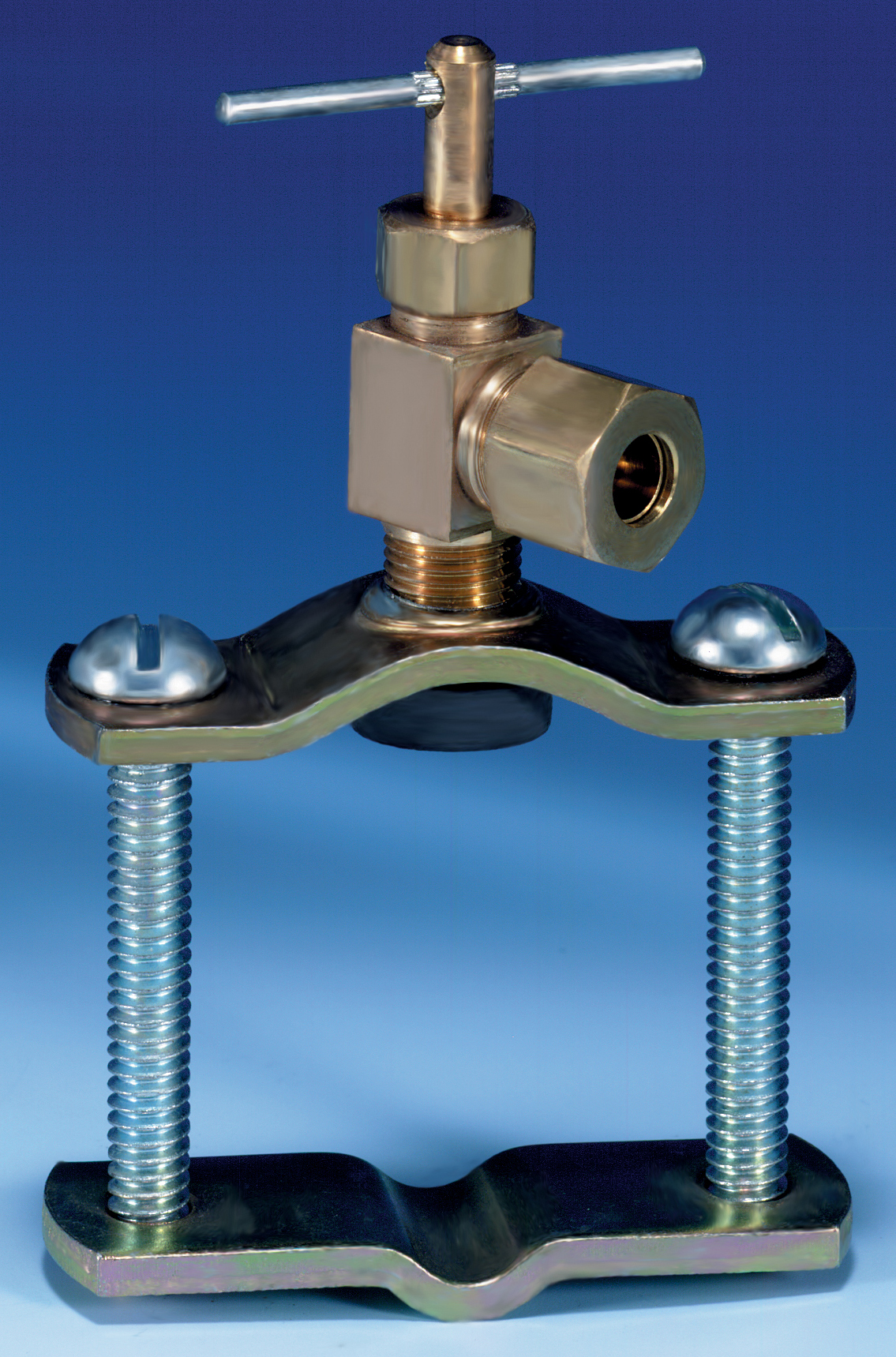
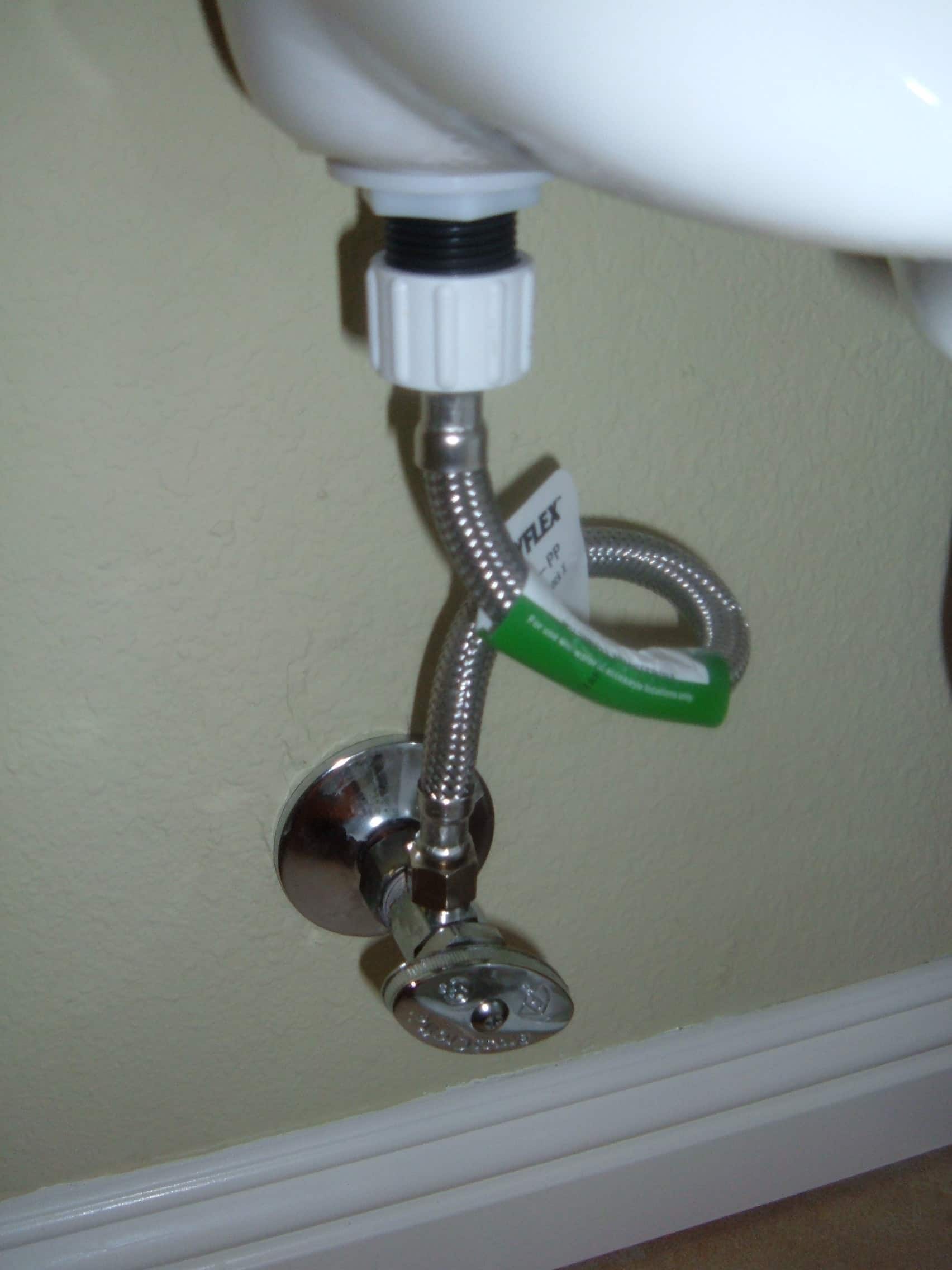




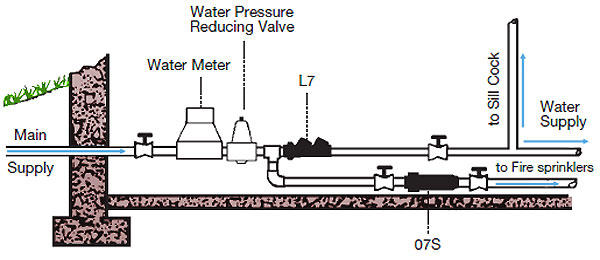
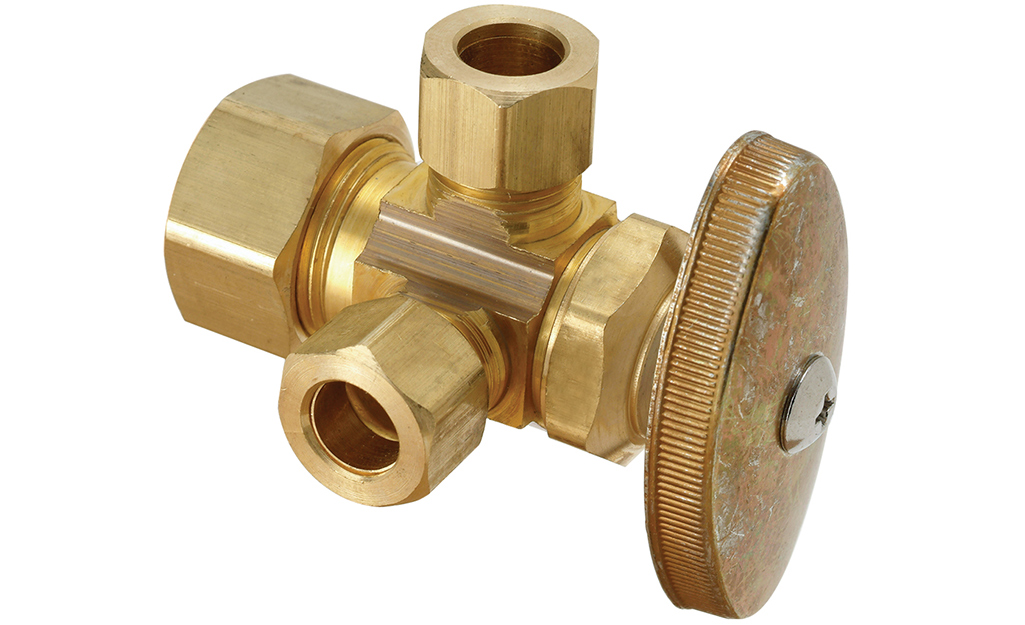

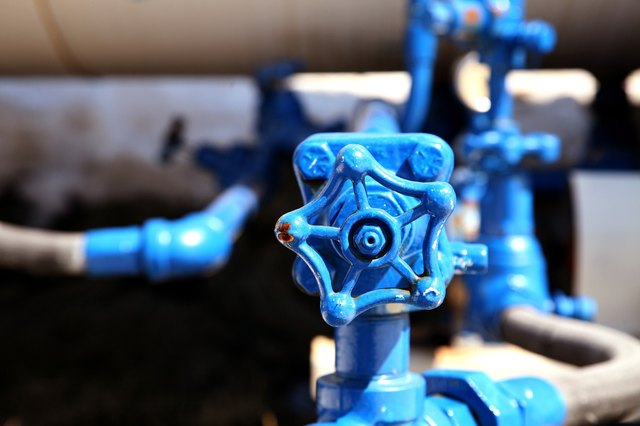

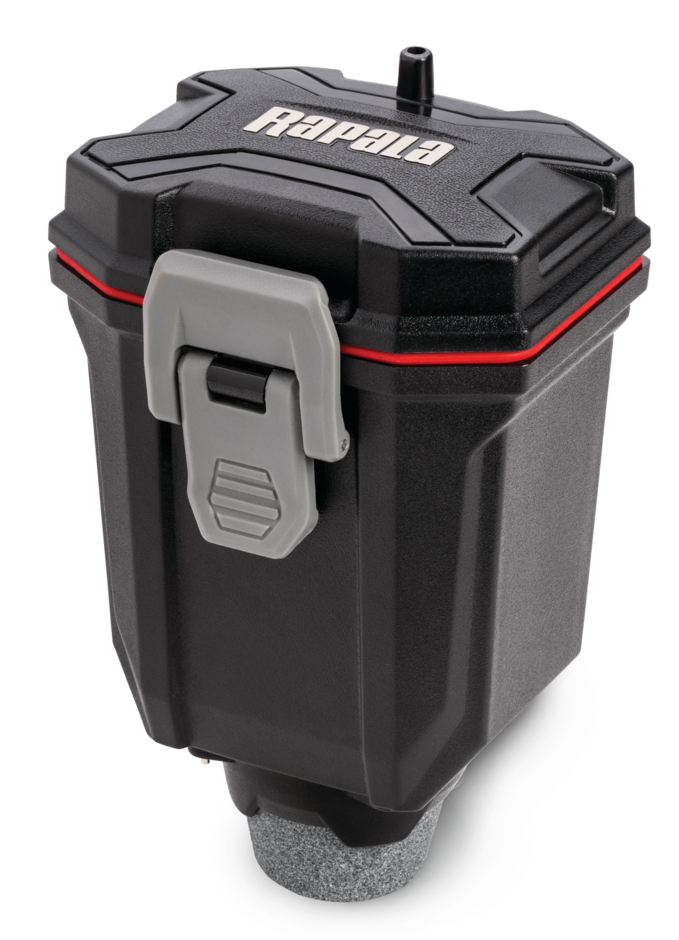
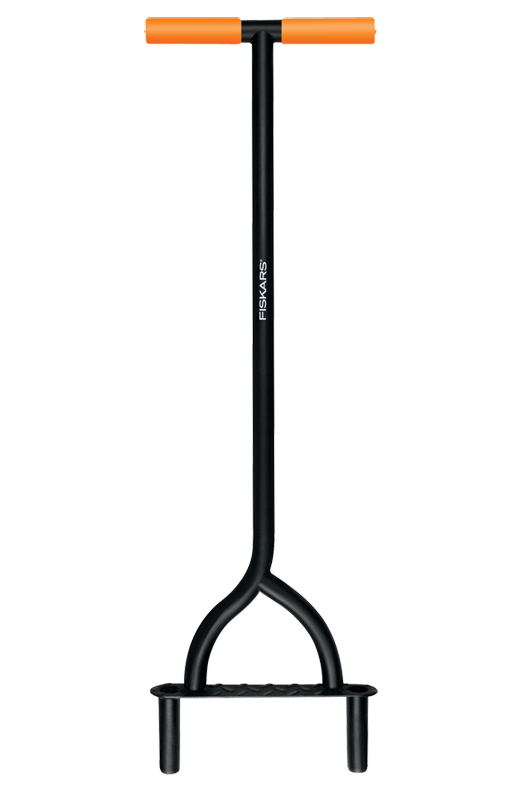




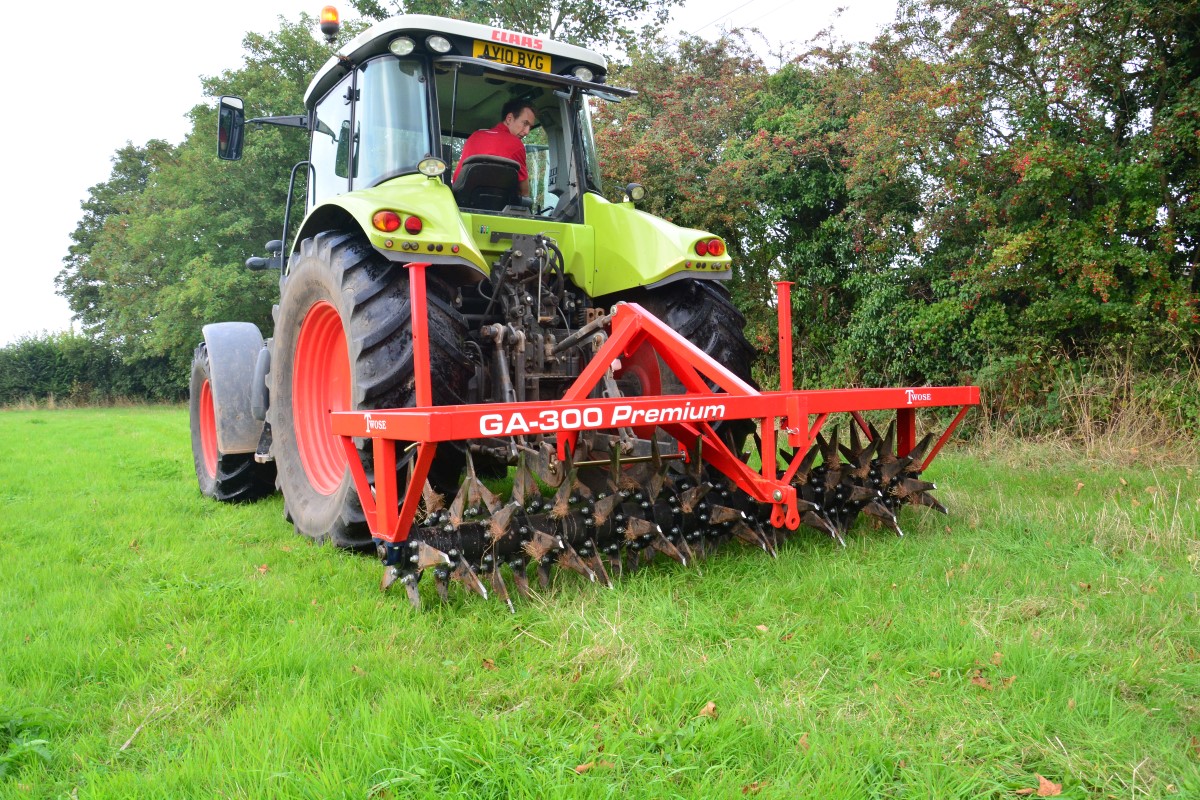
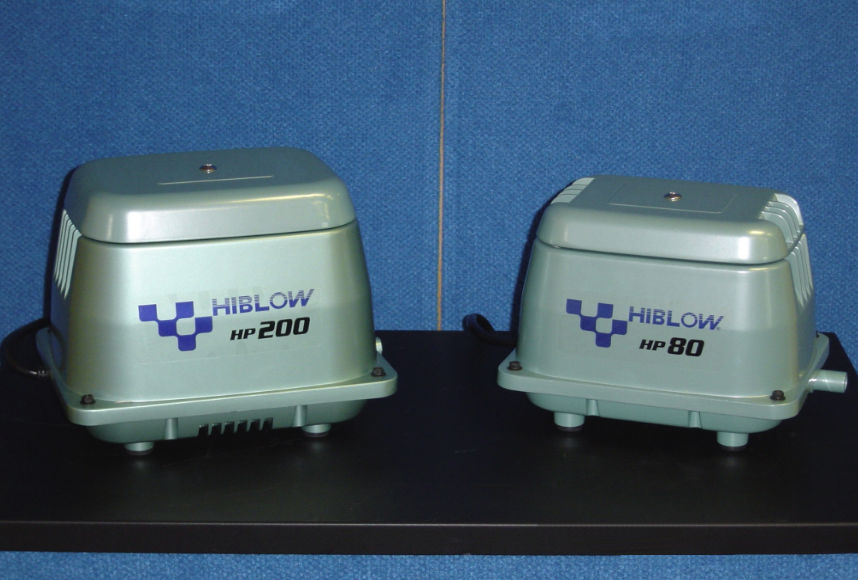
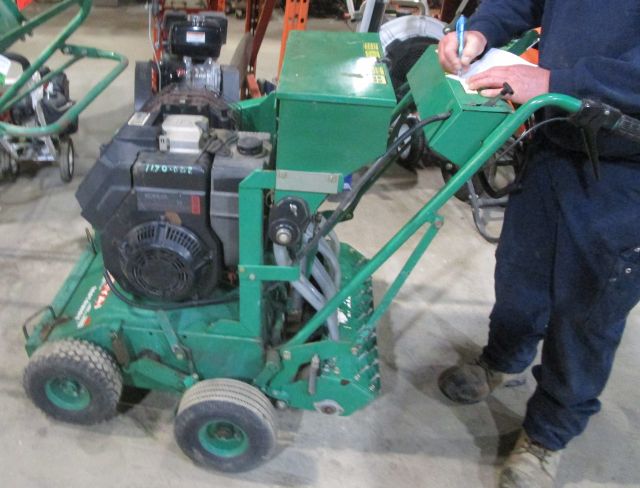







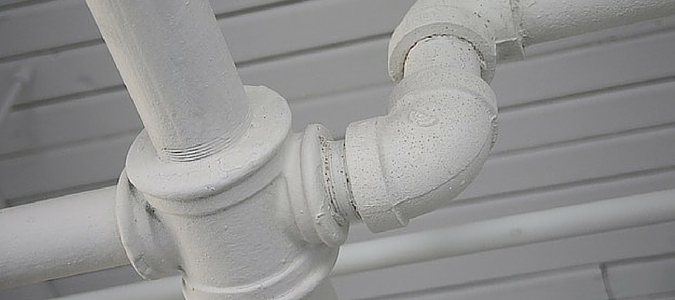

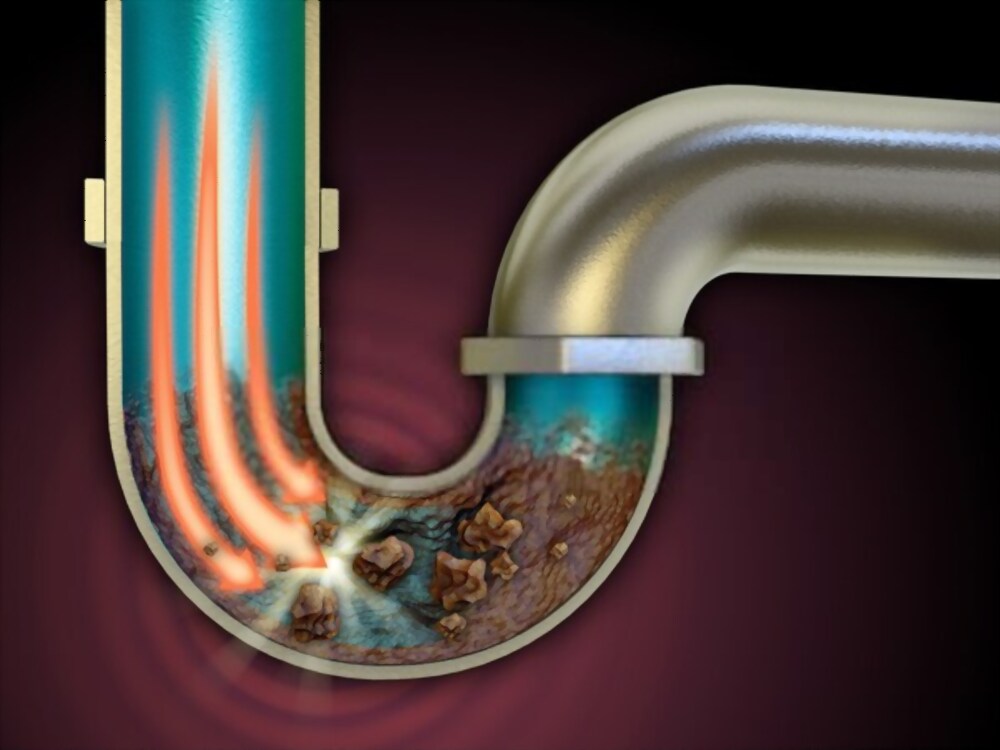



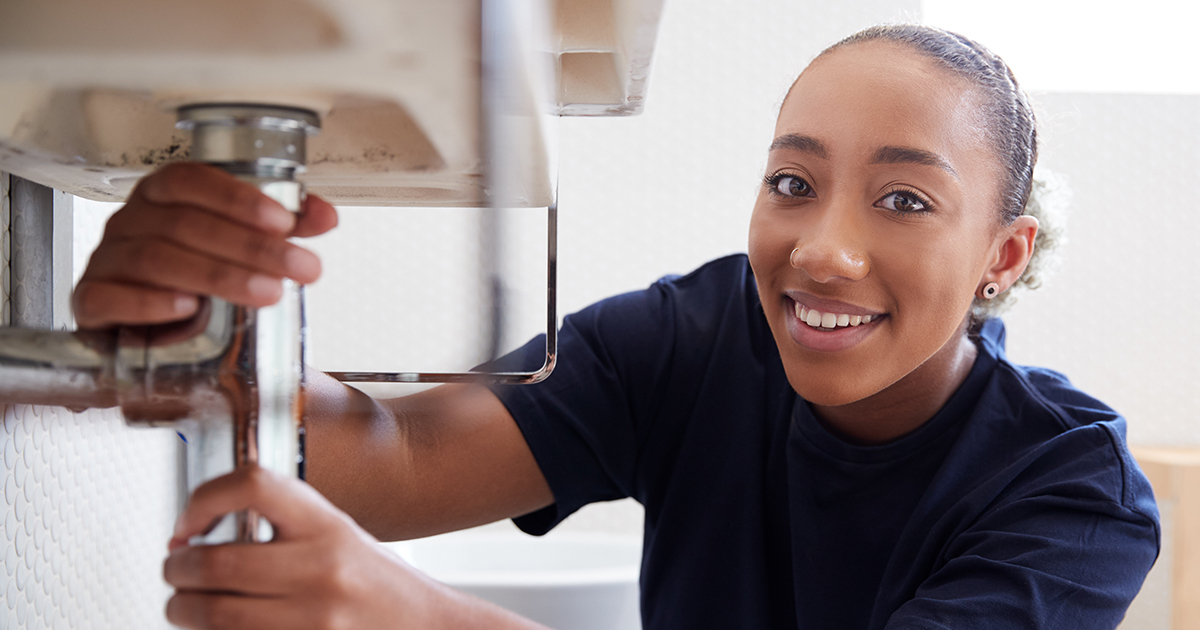

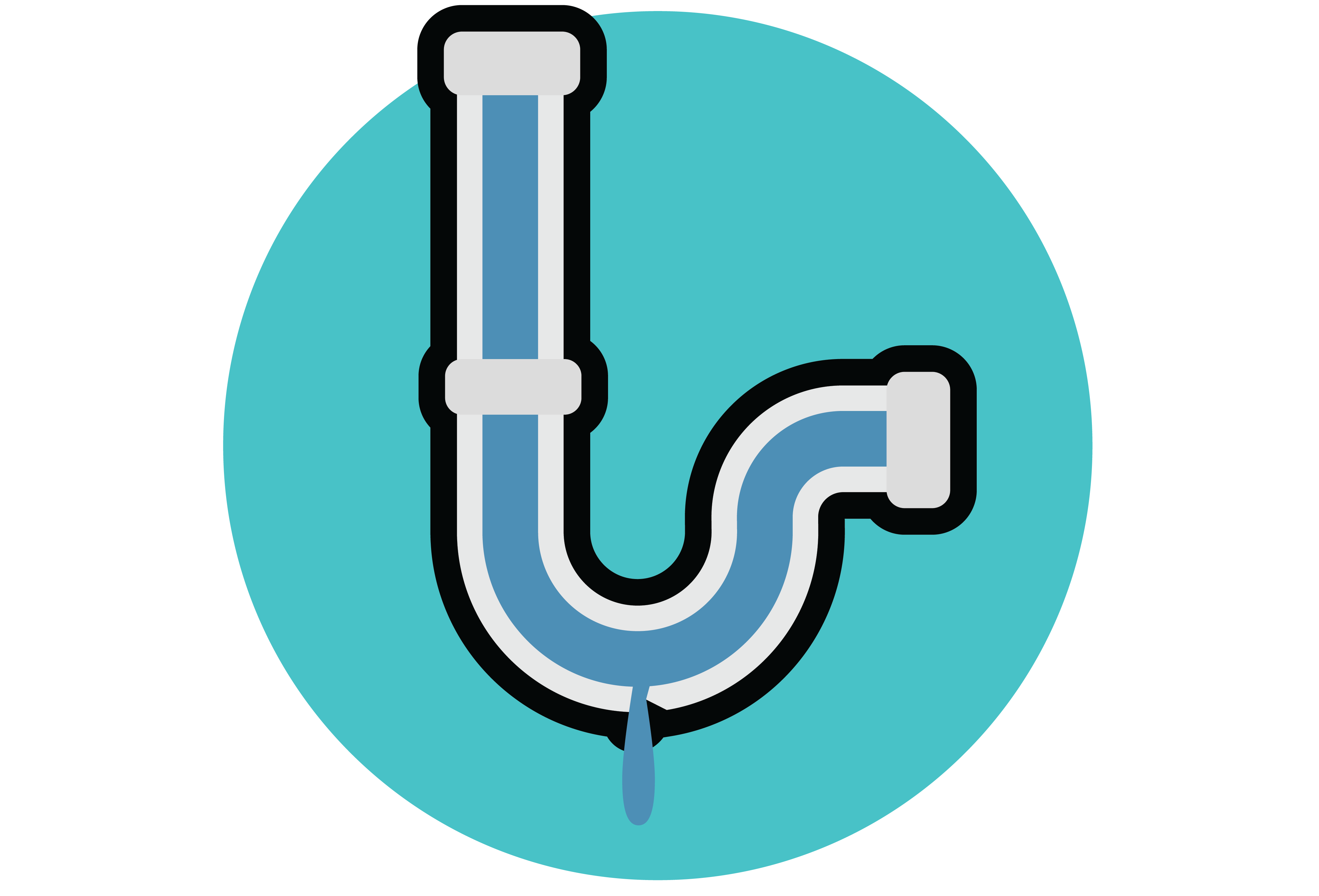

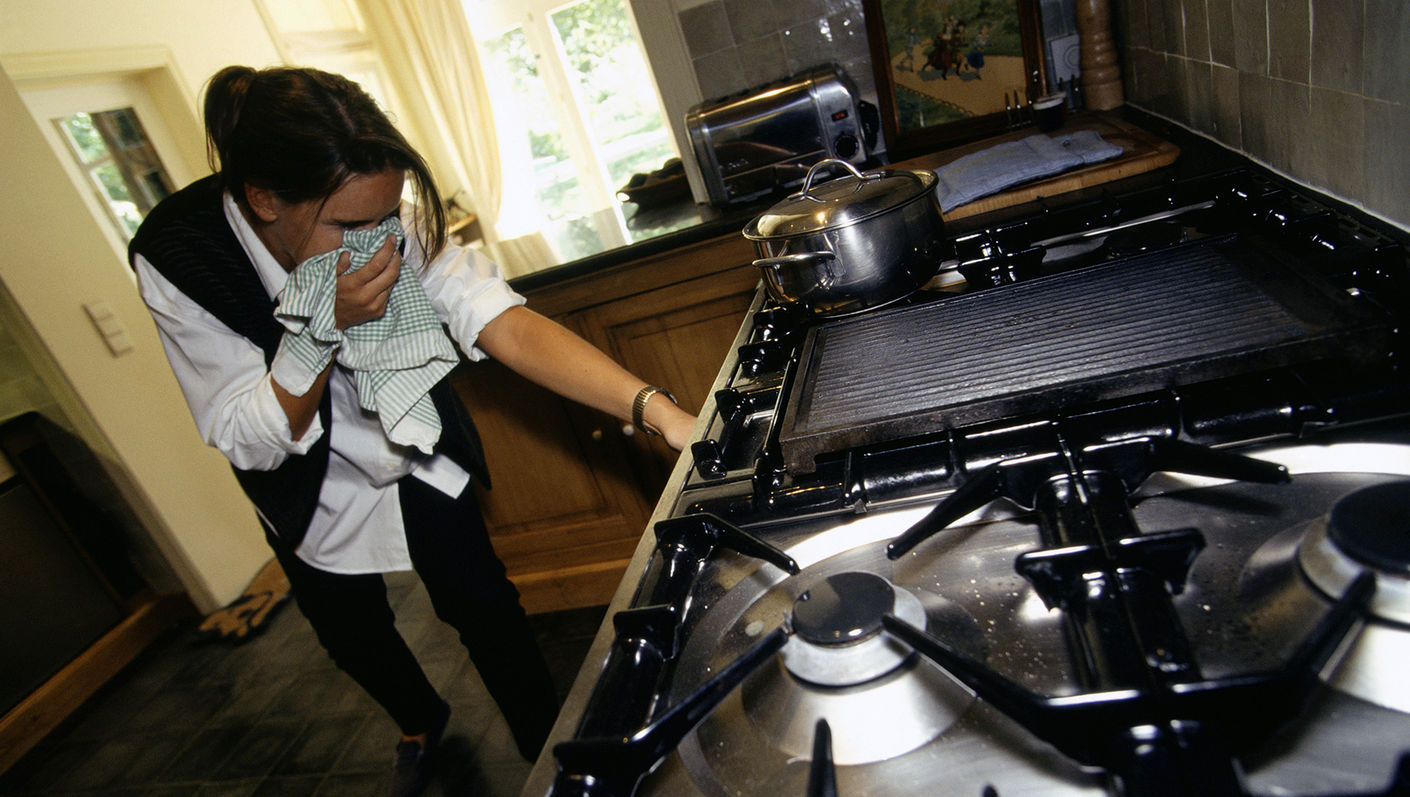

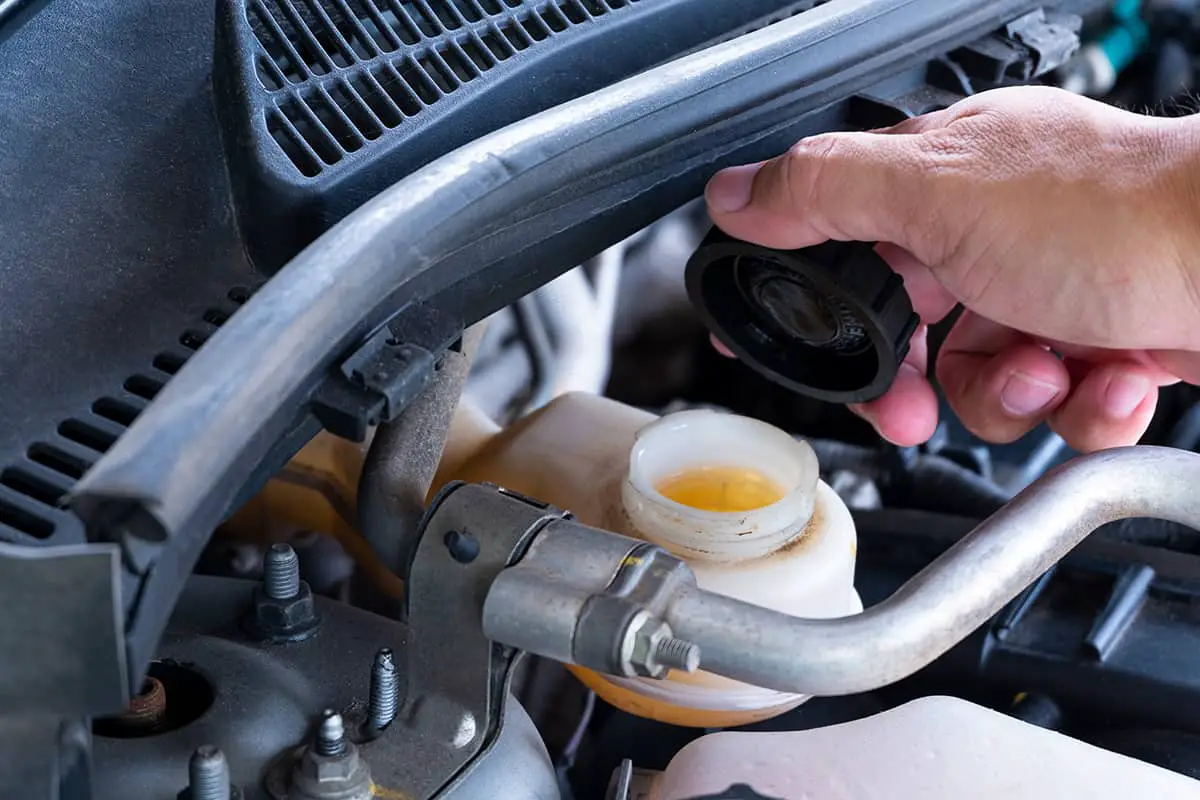





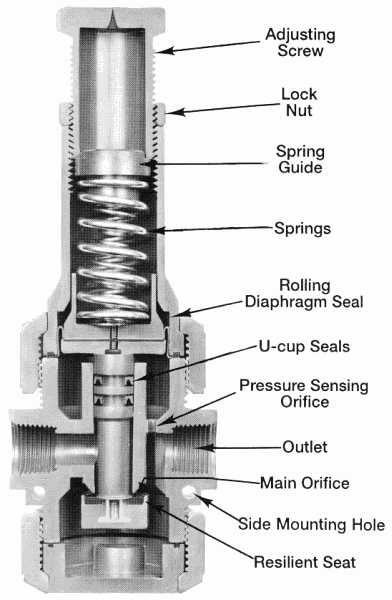
:max_bytes(150000):strip_icc()/the-men-s-hand-opens-the-ball-valve-on-the-collector-1006810456-5c5fc73fc9e77c000159c4af.jpg)






:max_bytes(150000):strip_icc()/testing-water-pressure-in-your-home-2718692-04-c37ab3236d0d4b61b87079ebf9ef823e.jpg)



:max_bytes(150000):strip_icc()/faulty-kitchen-faucet-140358503-5840b9c43df78c02309d3c30.jpg)



